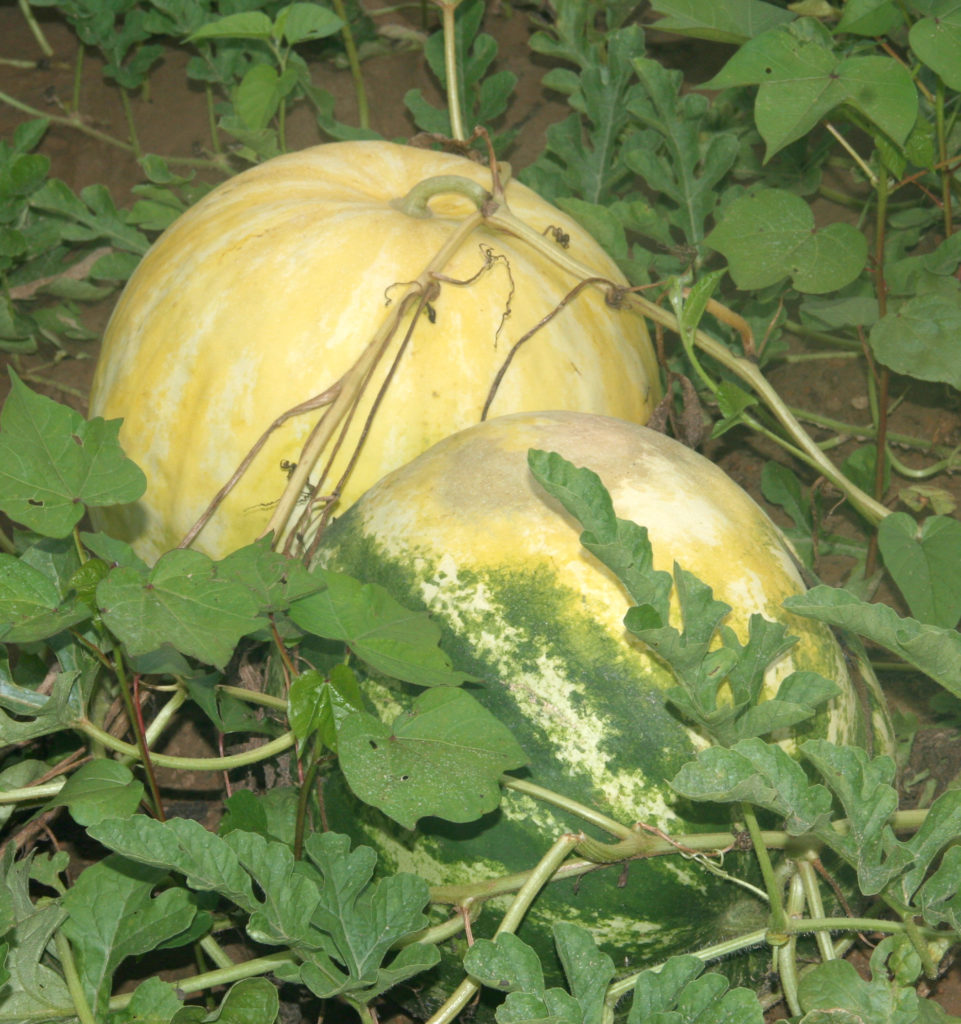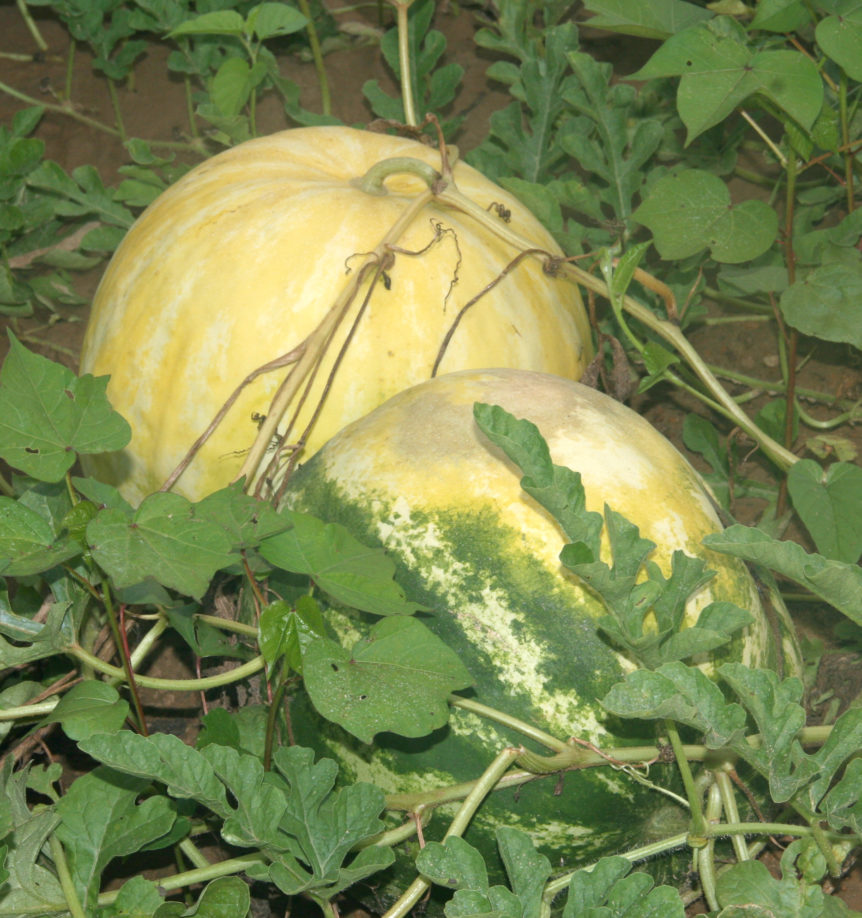
By Clint Thompson
High temperatures this week have watermelon producers concerned about potential sunburn on this year’s crop. It could impact growers in the North Florida region who have already started harvesting and those in South Georgia and South Alabama that are still a few weeks away.
“In some cases, these fields that haven’t been walked over yet, as long as they’ve got good vine cover, doing something is not as urgent. If they’ve got a field where they do not have good vine cover even going into the first harvest, then that can be a problem,” said Bob Hochmuth, University of Florida Institute of Food and Agricultural Sciences Regional Specialized Extension agent in Live Oak, Florida. “Certainly, once they go through the first harvest, walk through and trample the vines, then it exposes a lot of fruit that had no exposure previously.”
Weekly Email
Hochmuth noted in his weekly email that temperatures of the watermelon rind may eclipse 100 degrees Fahrenheit (F). Loss of foliage due to disease or poor growing conditions can cause the fruit to be exposed to the sun. Direct sunlight can cause the fruit to appear bleached or sunburned, leaving it unmarketable.
“There’s a point where the sun directly hits that watermelon fruit, it doesn’t seem like it should be any higher than the air temperature but it does. It’s just like asphalt. It’s a darker color, absorbs heat more. You can have 95 degree (F) ambient temperatures and have temperatures on the surface of that fruit rind well above 100 degrees (F). That’s where the trouble occurs,” Hochmuth said. “Certainly, the weather that we’re having does put things at risk.”
Multiple products, including those that are kaolin-based and calcium carbonated-based, are available for use as preventive for sunburn. Both products reflect the sunlight, reducing what reaches the fruit. Both need to be washed off, though, prior to sale.










